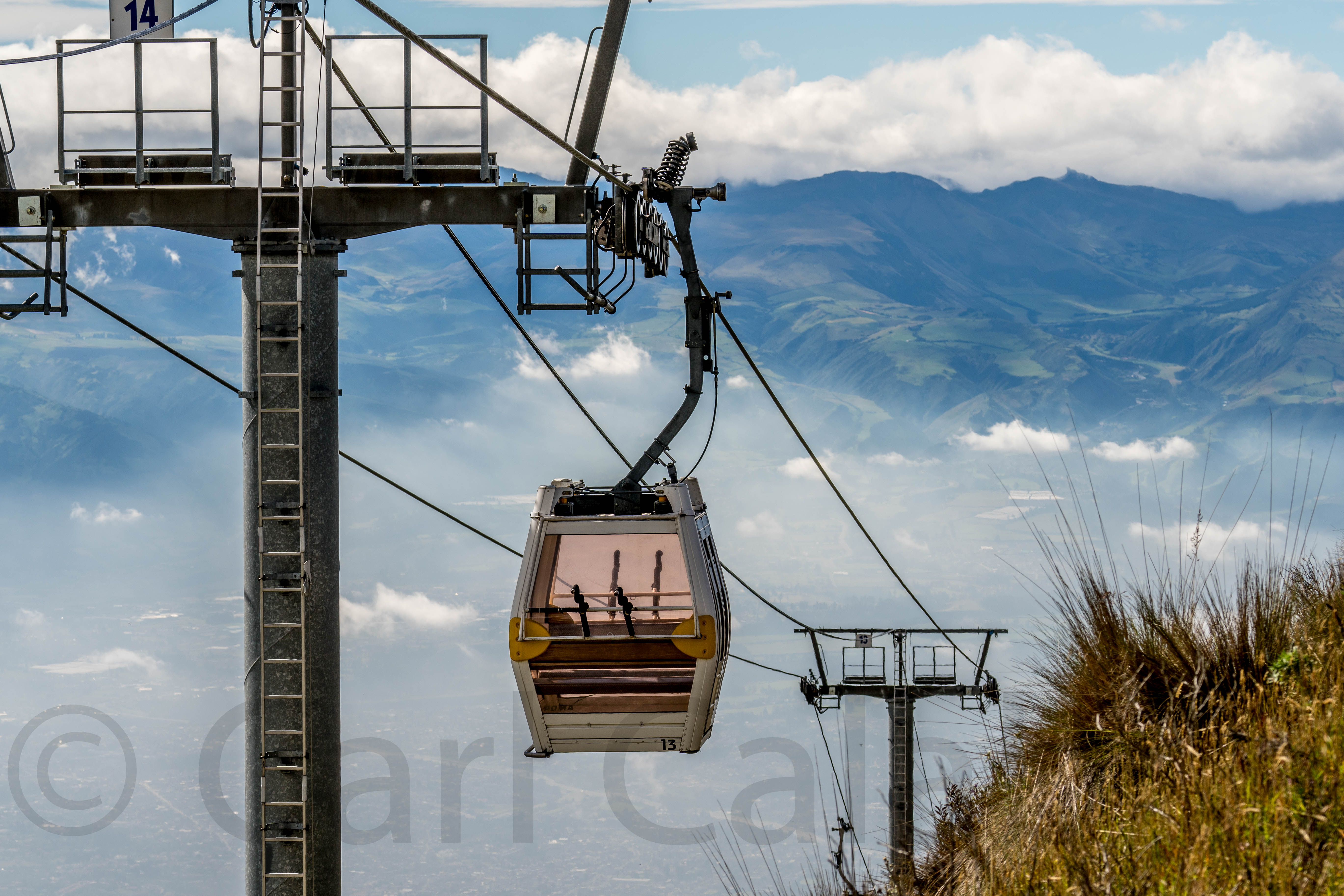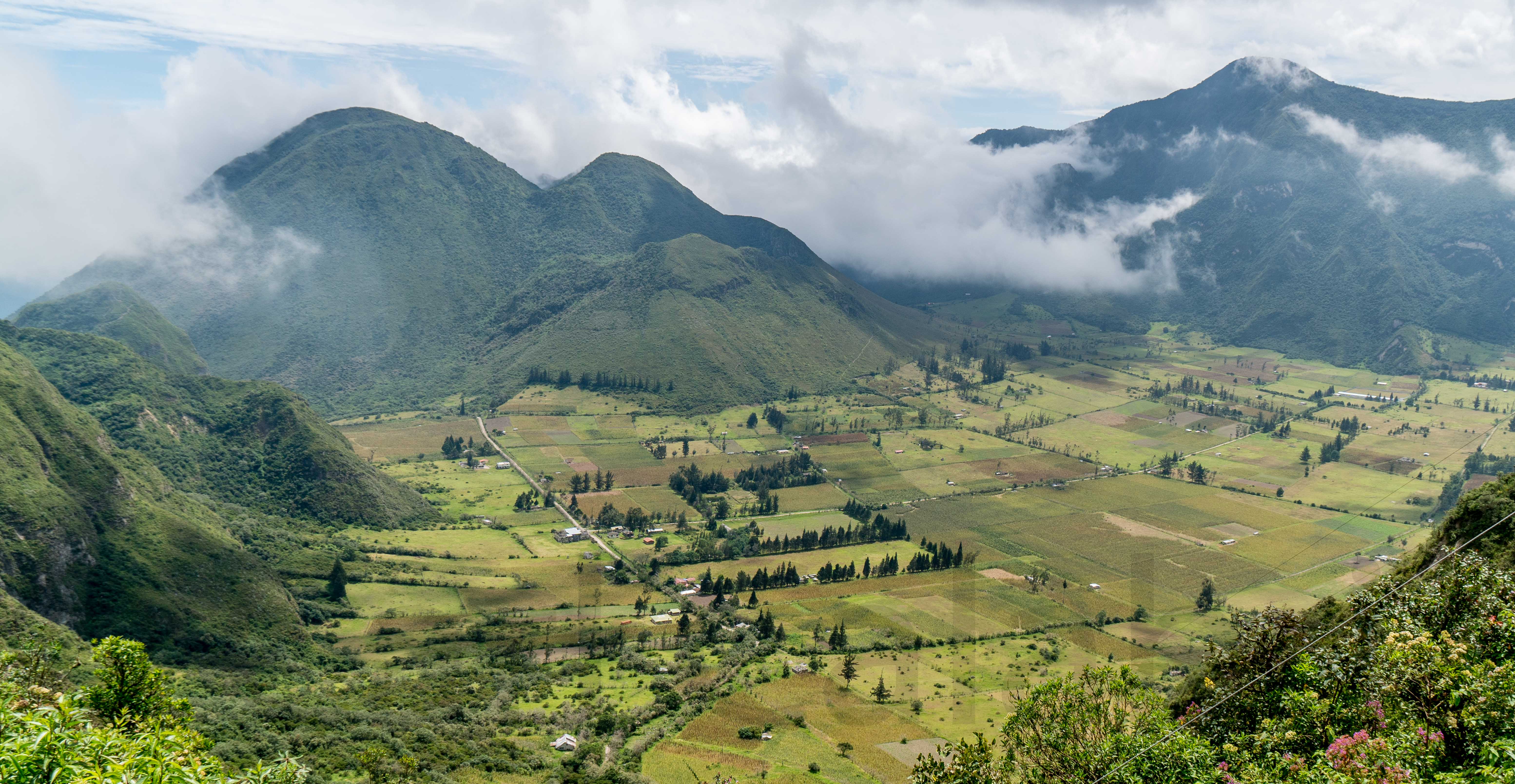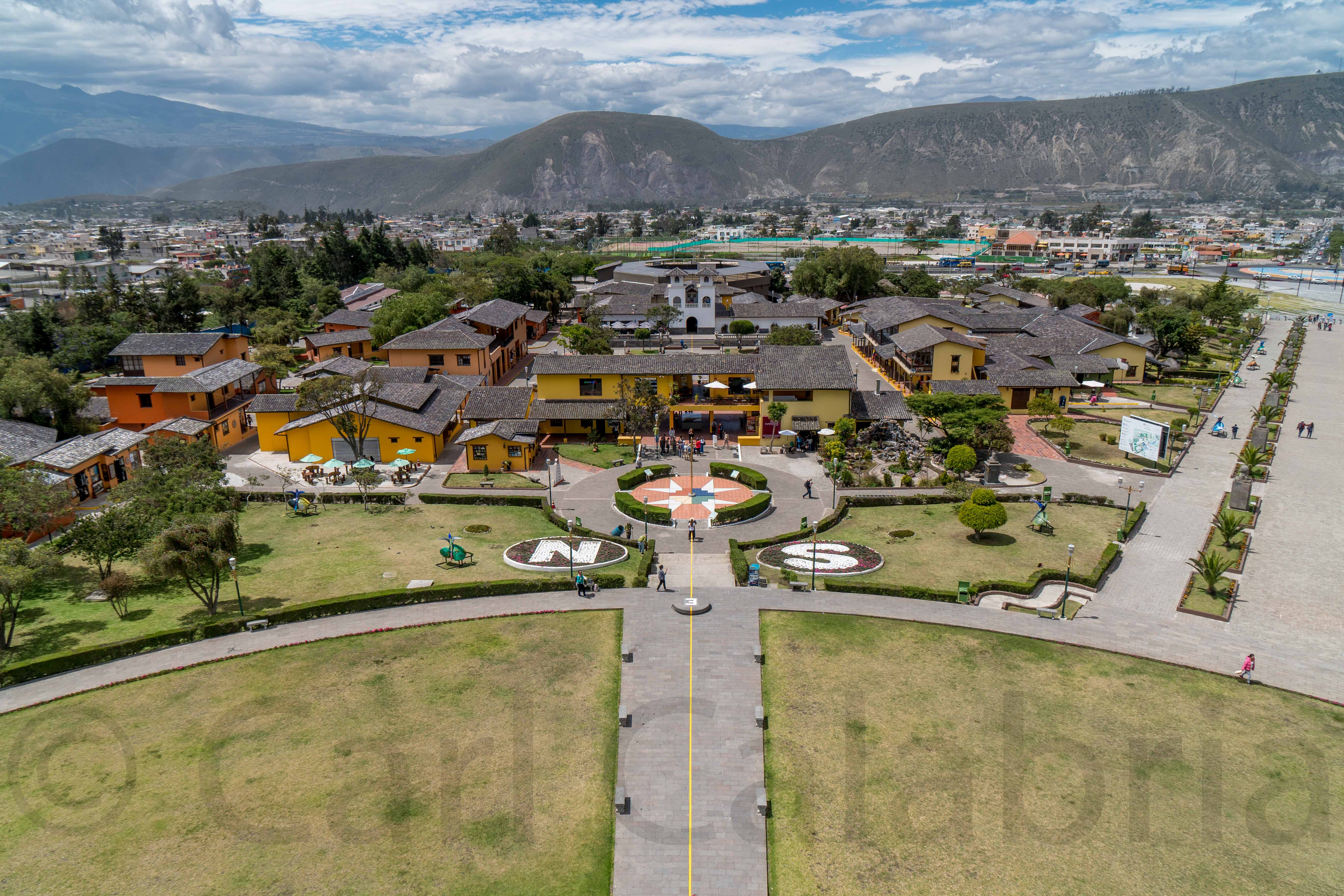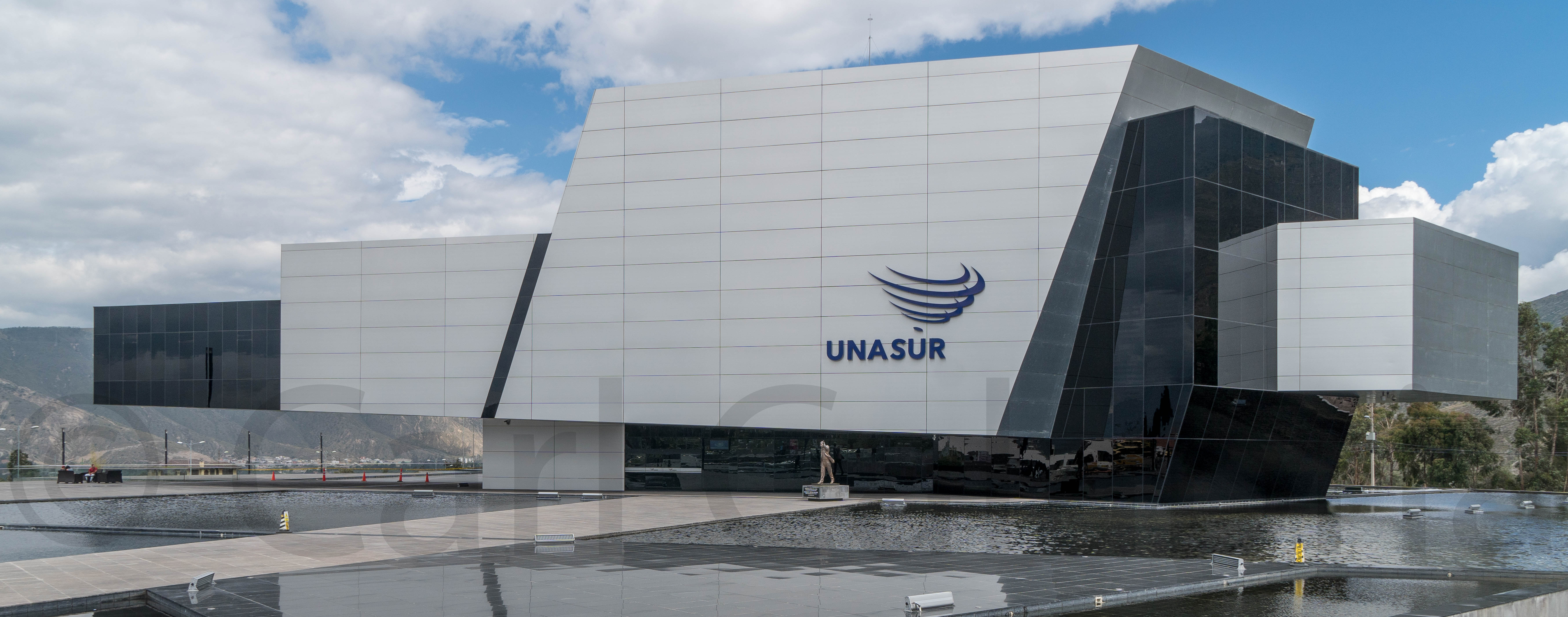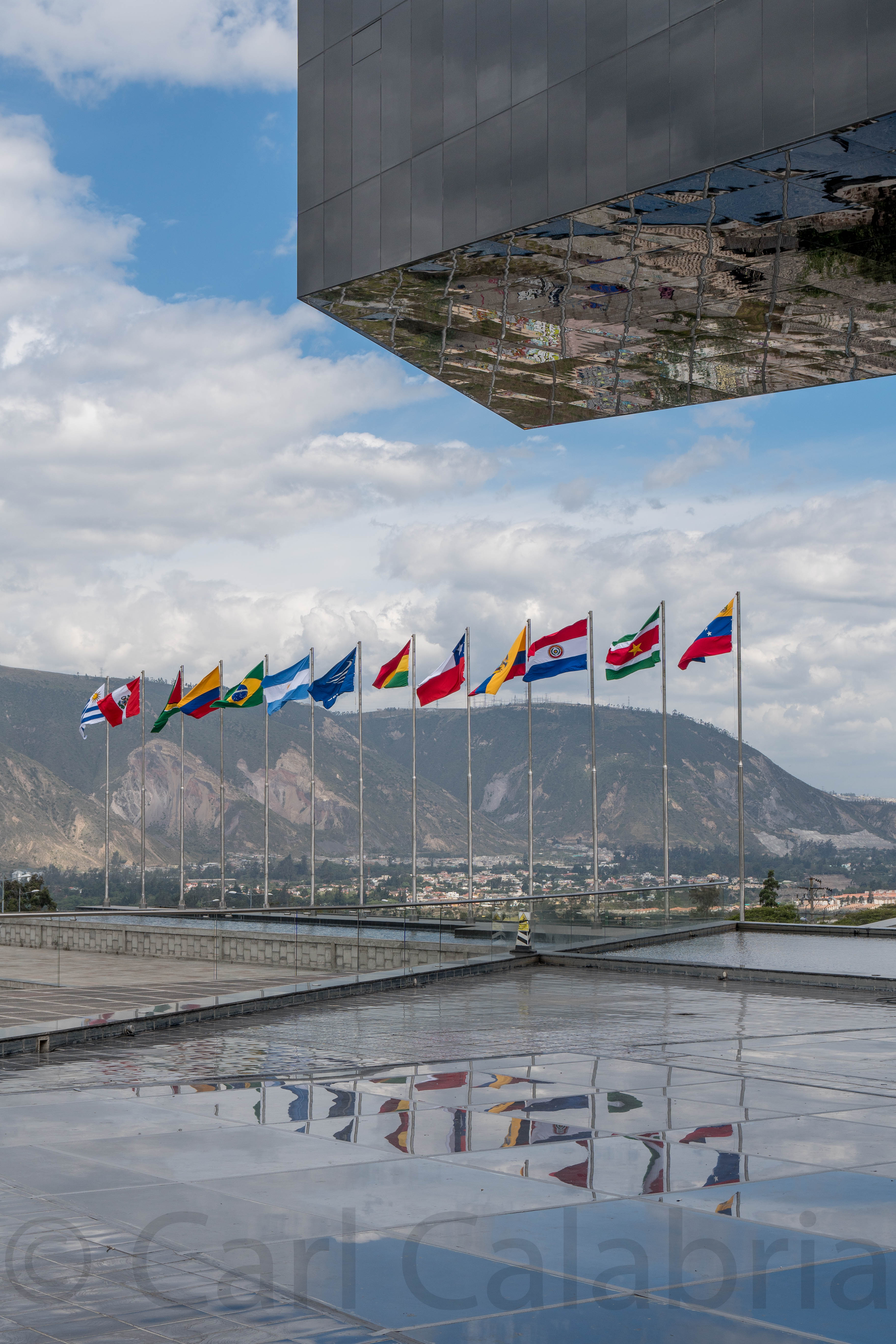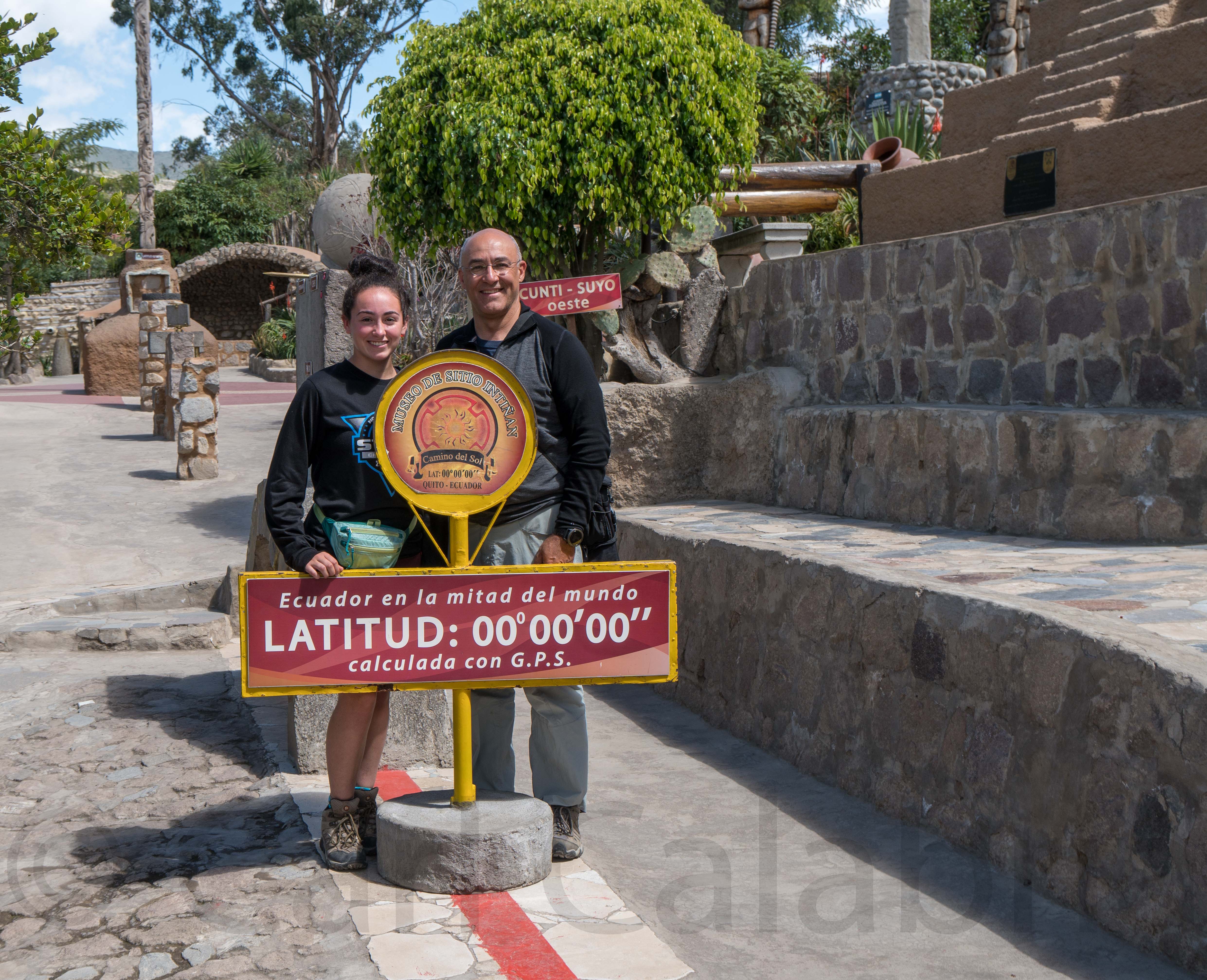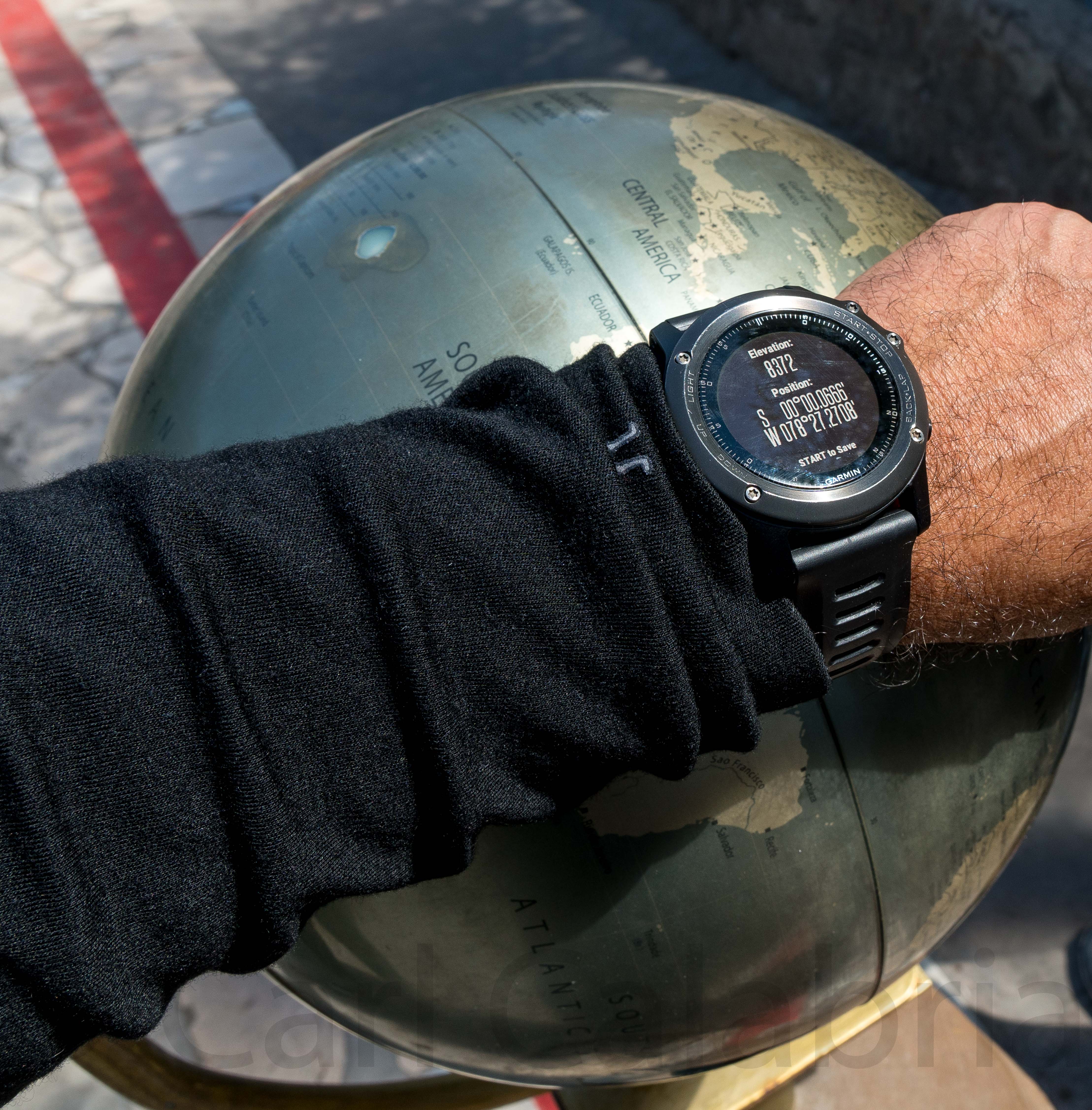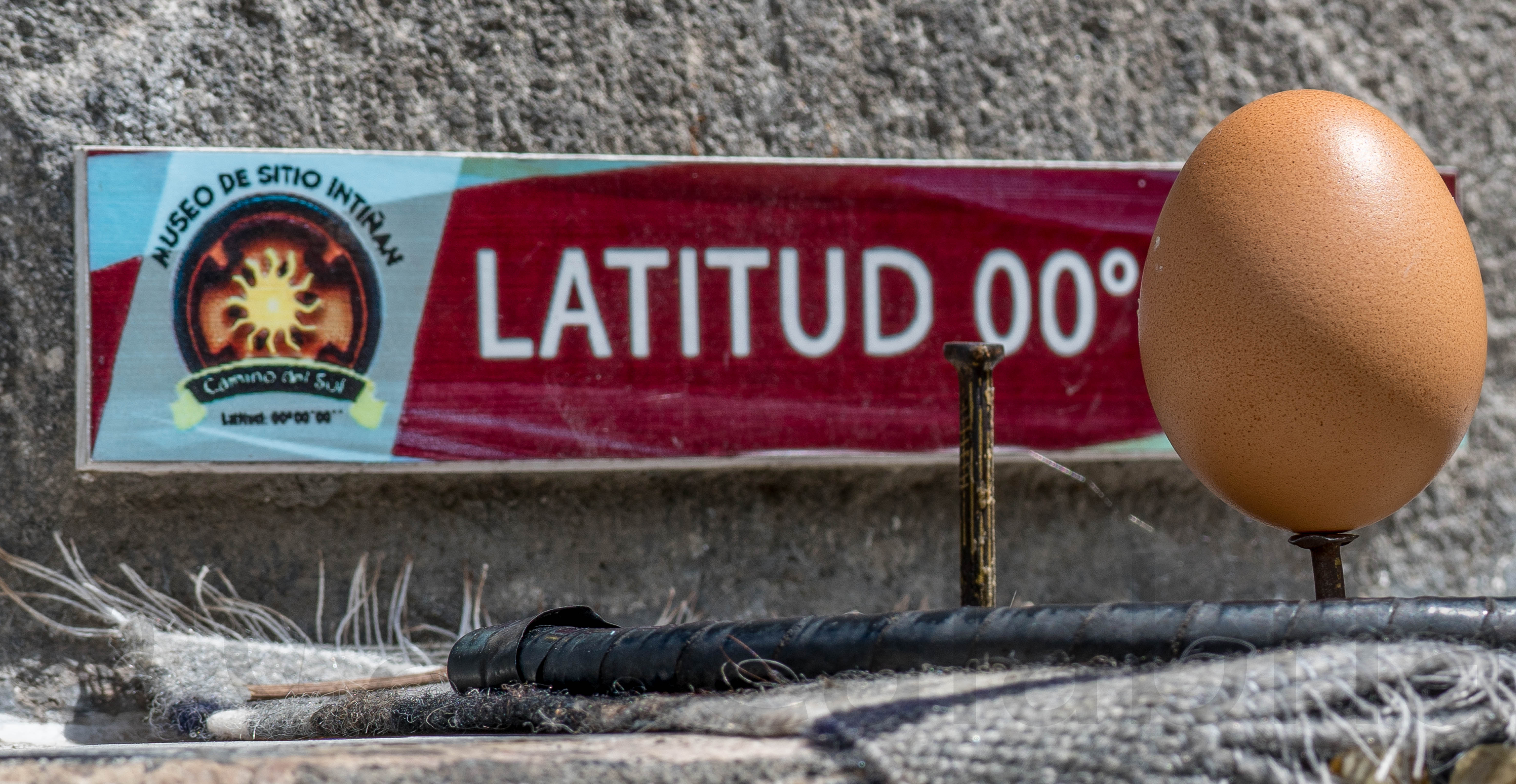The TelefériQo Cruz Loma, is a gondola lift running from the edge of Quito’s city centre up the east side of Pichincha Volcano to the Cruz Loma lookout. It is one of the highest aerial lifts in the world, rising from 10,226 ft. to 12,943 ft. From the top you can see all of Quito spread out on one side and fertile farmlands on the other. It was our first stop on the way to the equator.
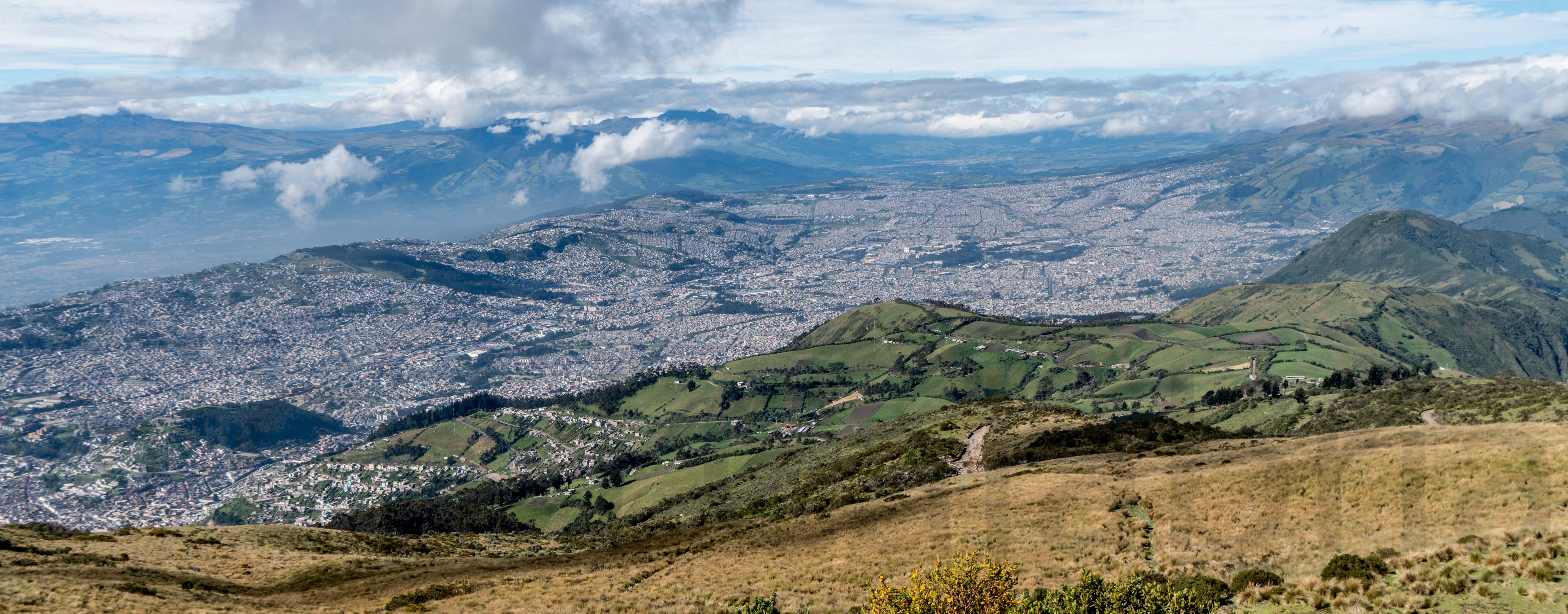
One of only two inhabited calderas in the world, the Pululahua Crater is home to about forty families. They are mainly farmers who grow corn and quinoa and raise cattle. It has been 2000 years since the volcano was last active so no one considers the residents to be at risk. In 1970 it was declared a botanical reserve by the Ecuadorian government in part to protect the wide variety of rare species that live on the mountain slopes.
The Ciudad Mitad del Mundo (“Middle of the World City”) is located 26km north of the center of Quito. The grounds contain the Monument to the Equator, which, at the time of its construction, was believed to be located exactly upon its namesake. The 30-meter-tall monument is made of iron and concrete and covered with cut and polished andesite stone. Modern GPS readings based on the World Geodetic System (WGS84), indicate that the equator actually lies about 240 meters to the north, a fact that is simply never mentioned while visiting the otherwise quaint attraction.
Adjacent to the Mitad del Mundo is the newly constructed UNASUR headquarters building which is where the Union of South American Nations holds its annual congress.
The Intiñan Solar Museum lays claim to being located exactly on the equator. While there we conducted several experiments designed to prove we were on the equator, some of them loosely founded in science. It was entertaining none the less and I left with an egg balancing master certificate. My own GPS watch and Google maps confirm that this site is not located exactly on the equator either.

